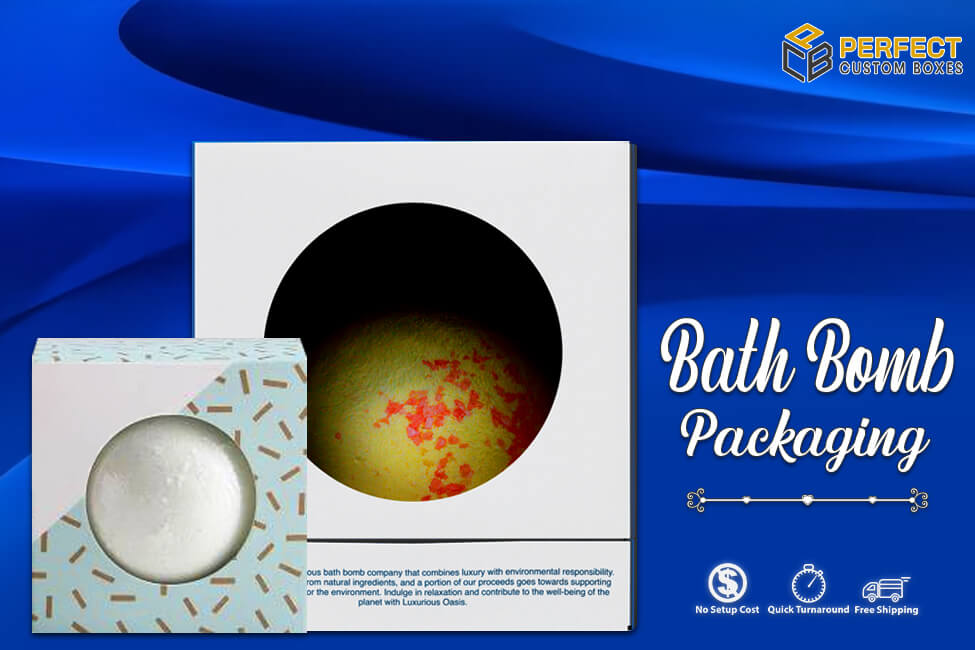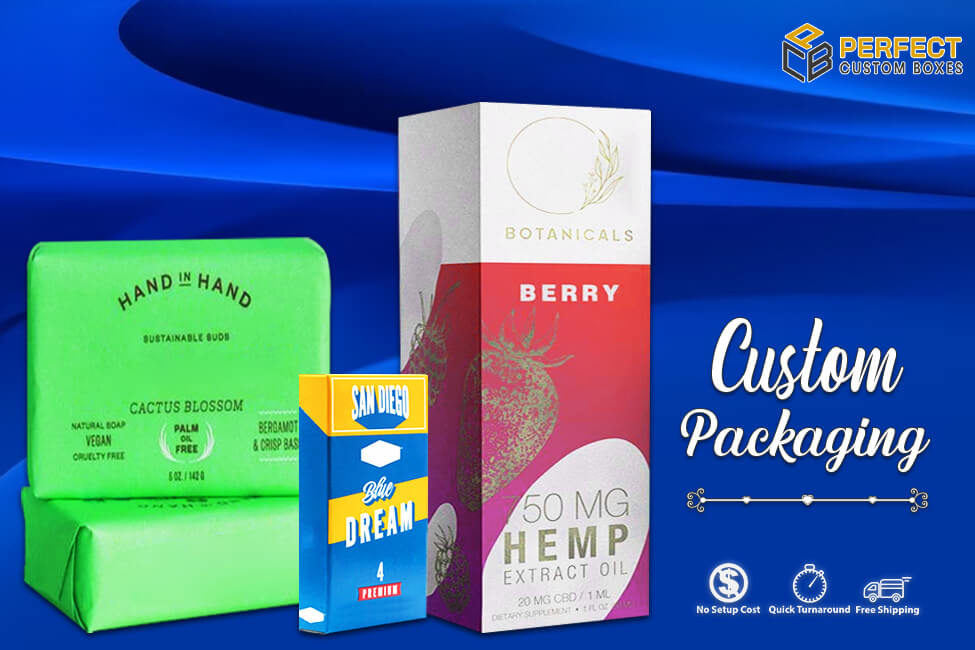Bath Bomb Packaging Materials are Step towards Sustainability
2024-05-31 16:48:50
They have become a beloved self-care and relaxation product, transforming ordinary baths into luxurious spa-like experiences. One of the key factors that contribute to their allure is the packaging. Bath Bomb Packaging is an art in itself, designed to captivate customers and enhance the overall product experience. Moreover, the first aspect of this art lies in the visual appeal. Thus, this packaging often features vibrant colors, intricate designs, and alluring patterns that instantly grab attention. These eye-catching exteriors not only create a sense of excitement but also convey the essence of the product – relaxation, indulgence, and pampering. Brands employ creative graphic design, typography, and even custom illustrations to make their packaging stand out on the shelves and in online stores.
The Preservation of Products with Bath Bomb Packaging
Beyond aesthetics, this packaging serves a crucial functional purpose – to protect and preserve the product. Moreover, they are great and can be easily hurt by moisture, sunlight, or physical mishandling. Therefore, packaging must provide a barrier against these potential threats. Bath Bomb Packaging have materials that are not only visually appealing but also highly protective. Moreover, common choices include shrink wraps, cellophane bags, and moisture-resistant boxes. These materials shield the products from humidity. Also, ensuring they maintain their fizziness and fragrance until they reach the customer's bathtub.
Bath Bomb Packaging is the Support of Products
As environmental concerns continue to gain momentum, the industry is increasingly turning towards sustainable packaging solutions. With the growing emphasis on eco-friendly practices, manufacturers and brands are exploring ways to reduce their carbon footprint. Moreover, Bath Bomb Packaging typically involves the use of recyclable, biodegradable, or compostable materials. This not only reduce the environmental impact of packaging but also aligns with the values of environmentally-conscious consumers. Thus, brands are also opting for minimalist designs that use less ink and materials, promoting sustainability through simplicity.

Personalization and Brand Identity Increases with Custom Packaging
This packaging has emerged as a powerful tool for businesses to establish and reinforce their brand identity. In a crowded marketplace, standing out is essential, and Custom Packaging allows companies to do just that. Moreover, it enables businesses to convey their unique story, values, and personality through their packaging design. Personalization in this packaging extends beyond just adding a company logo or name. It involves selecting specific colors, fonts, imagery, and even materials that resonate with the brand's identity. For example, a luxury brand might opt for sleek, while a playful and vibrant brand might choose bold, eye-catching designs. This level of personalization helps create a memorable and consistent brand image that clients can easily recognize and connect with.
The Role of Custom Packaging in Online Searching
The unboxing experience has become a critical aspect of the customer journey. So, in this way the Custom Packaging plays a pivotal role in making it memorable. When customers receive a product in beautifully designed and personalized packaging, it elevates their overall perception of the brand and product. This packaging often includes thoughtful touches such as custom tissue paper, branded stickers, or inserts with a personal message. These elements not only protect the product but also add the fact of surprise and delight for the customer. The act of unwrapping a thoughtfully packaged item can make a sense of anticipation and excitement, leading to a positive and lasting impression.
Custom Packaging is Ecological and Sustainable Options
As environmental consciousness grows, businesses are increasingly turning to eco-friendly and sustainable packaging solutions. This shift reflects a commitment to reducing environmental impact and meeting the expectations of environmentally-conscious consumers. Moreover, eco-friendly Custom Packaging options include materials like recycled cardboard, biodegradable plastics, and soy-based inks for printing. Brands are also designing packaging with minimalistic, recyclable designs to minimize waste. By embracing sustainable packaging, companies not only demonstrate their dedication to preserving the planet but also tap into increasing market of eco-conscious consumers.

Soap Packaging Ensuring Soap Quality
This packaging is primarily designed to protect. Also, preserve the quality of the product throughout its journey from the manufacturer to the hands of the consumer. This involves safeguarding the soap against various environmental factors that can affect its integrity. One critical aspect of Soap Packaging is protecting the product from moisture. Water can cause soap to become soft, mushy, or even dissolve over time. To prevent this, soap is often wrapped in materials like wax paper, plastic film, or foil-lined packaging. These materials create a barrier that safe moisture from seeping into the product, ensuring it maintains its shape, fragrance, and effectiveness until it's used.
Brand Presentation and Consumer Appeal with Soap Packaging
Beyond its functional role, this packaging also serves as a powerful marketing tool that communicates brand identity and attracts consumers. The visual appeal of Soap Packaging plays a significant role in a consumer's purchasing decision. Some brands often invest in eye-catching designs, color schemes, and typography that reflect their brand image. Whether it's a rustic, artisanal packaging in eco-friendly materials or a luxury wrapped in elegant, high-quality paper and adorned with foil-stamped logos. Thus, the packaging sets the stage for the product inside. Moreover, this packaging can convey information about the soap's ingredients, scent, benefits, and usage instructions.

